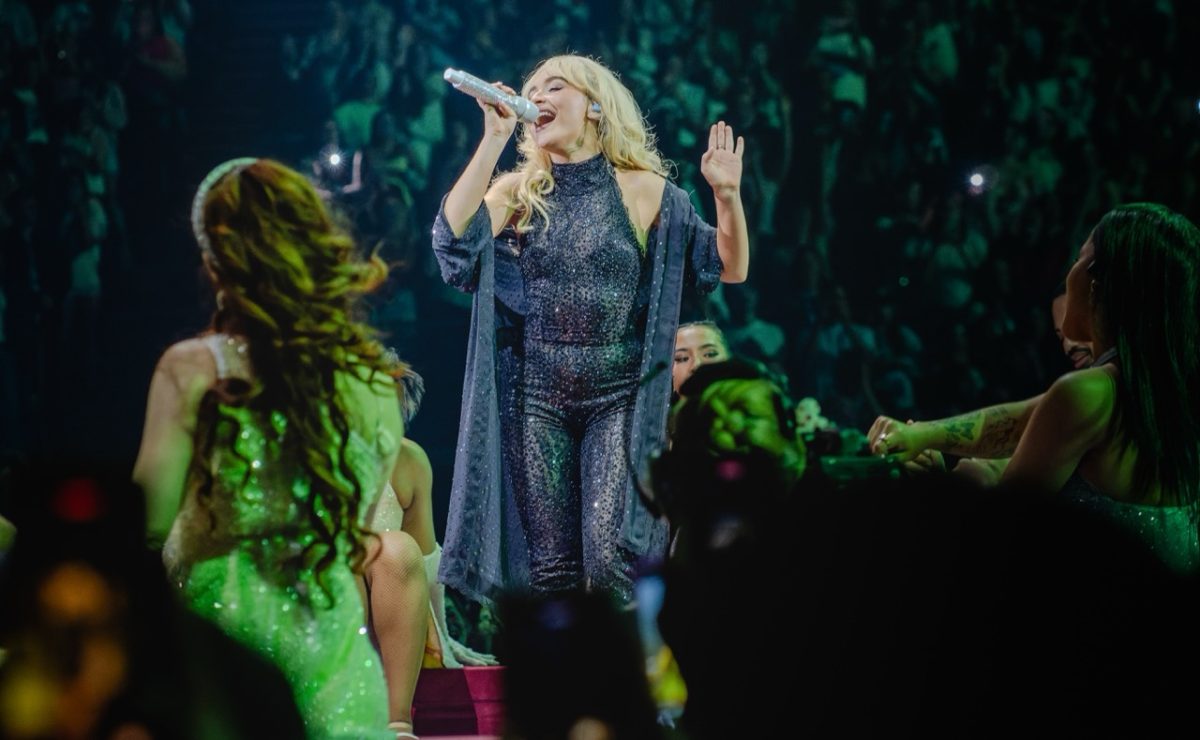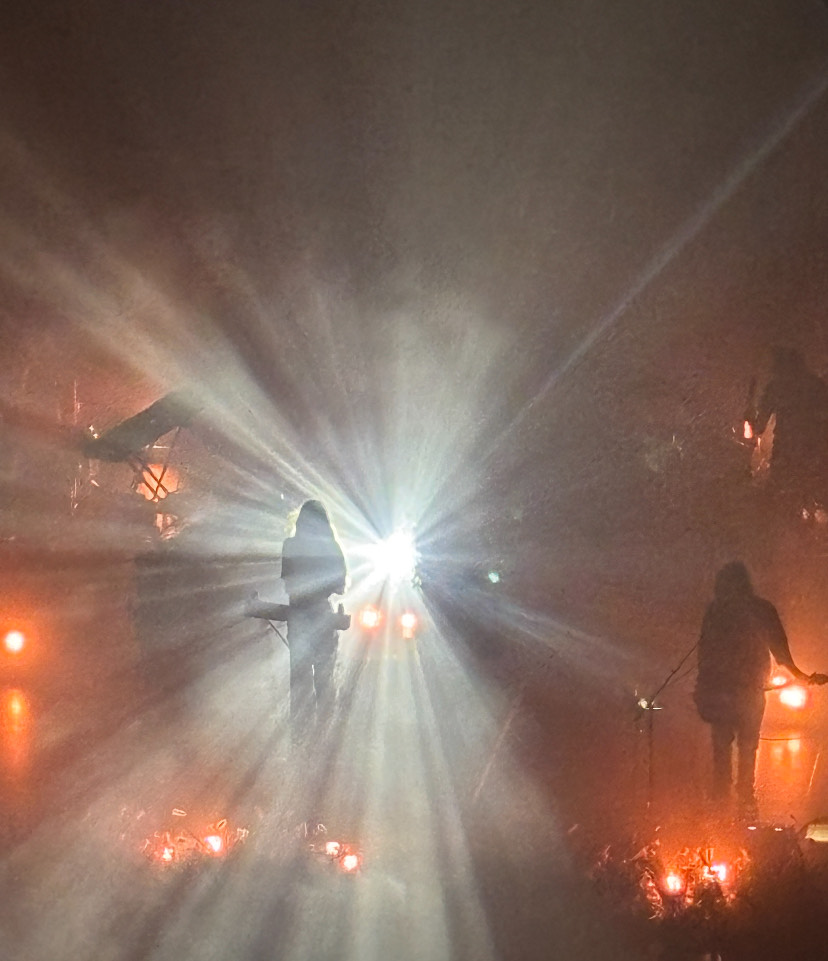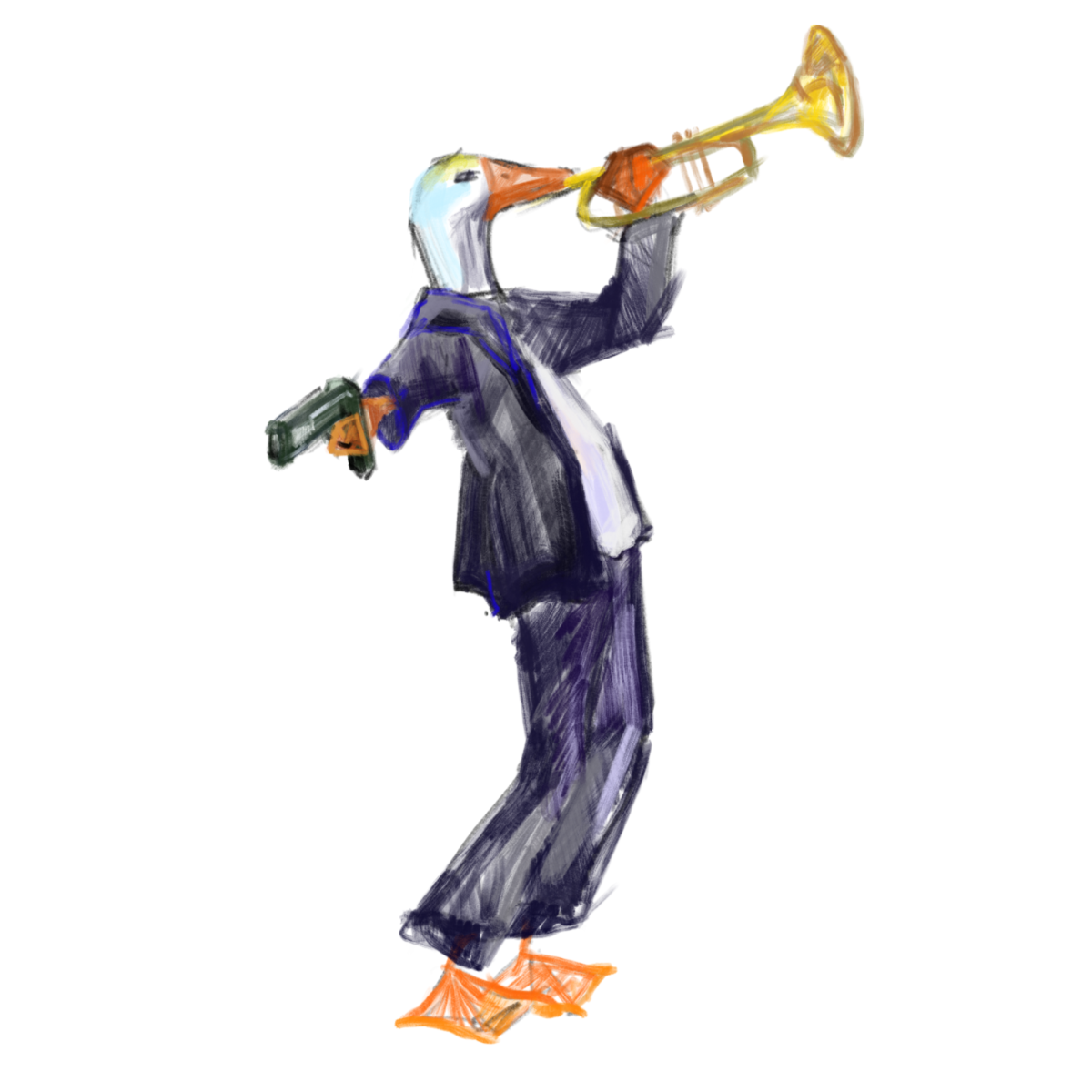
As a first year in September 2015, I began making the bus ride, going beyond Downtown, past old brick warehouses and depots into the Lowertown neighborhood. Upon arriving, I would set up my computer and notebooks at a bar table facing out the window, looking onto a tall wall of brick, glass and iron. I always left refreshed and ready to return to my life at Macalester. That is how the Black Dog became meaningful for me.
During the daytime, the Black Dog feels more like a coffee shop than anything else, with lots of windows filtering in warm light, reflecting on the light wood of the walls and the stripped floors. Local artists’ pieces hang throughout the space; price tags denote how much patrons must pay to hang the pieces in their own homes. The air resonates with a soft buzz of people having quiet, reflective conversation over coffee, lunch or an afternoon beer. The Black Dog can serve as a coffee shop for studying, a café for conversation or a place for a meal.
This semester, I headed to the Black Dog for a different experience—a nighttime show. Despite the many functions of the Black Dog during the day, it encompasses even more as the sun sets and the strings of soft lights lining the windows brighten. The Black Dog hosts evening performances by local artists most nights of the week. From a weekly jazz night on Saturdays to acoustic shows and slam poetry on weeknights, the Black Dog provides a space for many local artists to perform. While members of the Saint Paul community enjoy local art shows, they also enjoy the unique ambience, food and drink offered at the Black Dog.
On this particular Thursday night, I attended a performance by Orkestar Bez Ime (OBI, a Balkan folk band. As soon as I entered under the luminous glow of the stained glass transom window, I was submerged in the energy of the Black Dog at night. The atmosphere was much more alive, and conversations were louder than they had been during the day. Friends sat chatting while drinking wine. Under the soft light and exposed wood ceilings, the band was setting up.
When the performance began, conversations hushed and the instruments roared to life. OBI played pieces from Armenian, Romanian, Bulgarian and Serbian musical traditions. Many of the people near the stage occasionally stood to participate in communal dances, clapping and holding hands in circles.
The six musicians of OBI played a variety of instruments and doubled on vocals. Singing in various languages, they introduced the audience to many musical styles not as often represented on the American musical scene. Many of the people present at the Balkan folk concert knew the dances in all of their words and rhythms. Others sat near the back, sipping wine, chatting and laughing. The venue provided a space for people of all levels of familiarity with the band to engage and enjoy. All together, Orkestar Bez Ime provided a lively evening show in a calm and vibrant space. I was sure to check the calendar before leaving to see what shows were coming up next at the Black Dog.
Seeing the shows offered at the Black Dog, it was clear that they represent a wide variety of cultural functions, providing space for many different audiences and communities to come together in Lowertown. I was compelled to find out how the Black Dog became what it is today. I interviewed one of the owners of the venue, Sara Remke, to learn more. The Black Dog has been owned by the Remke siblings — Sara, Stacy and Andy — since it’s opening in December of 1998. Stacy had recently been travelling around the Northwest, visiting Oregon and Washington, and was inspired by some of the wine bars in the area. The siblings decided to try for a lease, and opened their own wine bar and performance space in Minnesota. As an old industrial district, Lowertown was relatively void of businesses in 1998, and the Remkes easily got a property.
The space quickly filled with local artists and their work as Lowertown became a cultural center. Named for Stacy’s dog, Conrad, the Black Dog has changed and evolved along with Lowertown since 1998. This past summer, management opened up the main area and expanded the bar. The venue now encompasses a second room and stage, creating a whole new environment for musicians and audiences.
These changes allow the locale to function even more as an integral part of the Lowertown neighborhood. The venue is located diagonally from the St. Paul Farmer’s Market, and across the street from CHS Field. Both neighboring attractions bring business to the Black Dog, and different energies. The Black Dog also buys some of its products from the Farmer’s Market and hangs a lot of art from local artists.
So if you ever have an inkling to see a musical performance of a wide variety (try jazz, acoustic or Balkan folk), or just want to take part in an art crawl, the Black Dog is a great local place to do so! If you stick around long enough into the evening on any given day, there’s a good chance you’ll get to see a show. It’s a great locale if you just want to spend a nice productive Sunday off-campus in an art-fueled atmosphere.







Simon Ball • Sep 8, 2019 at 12:57 pm
I have been absent for a while, but now I remember why I used to love this blog. Thanks, I will try and check back more often. How often do you update your web site?